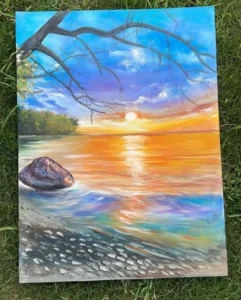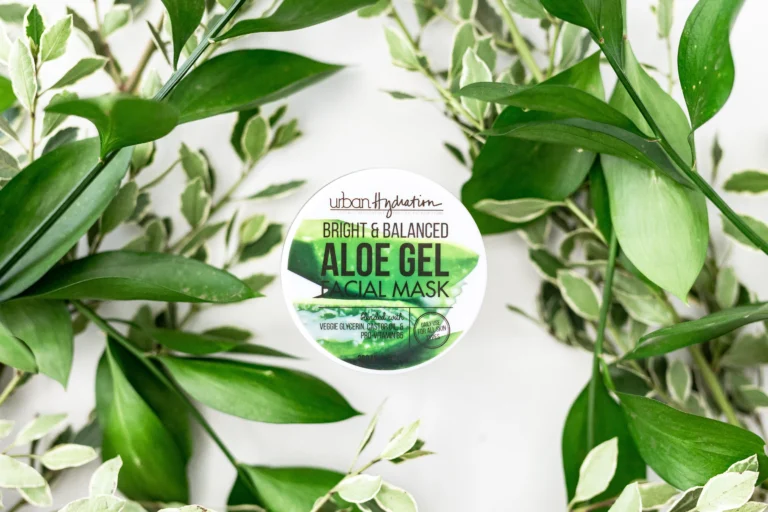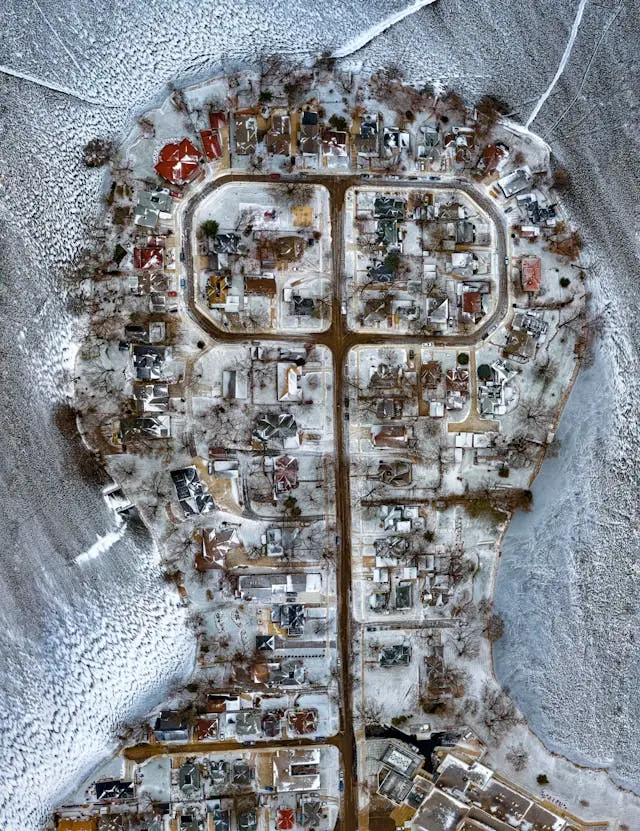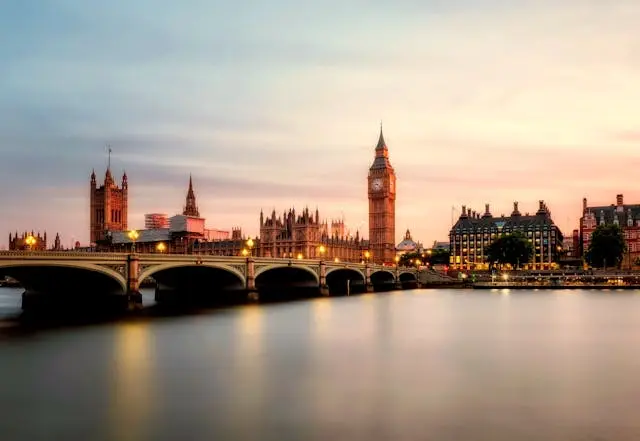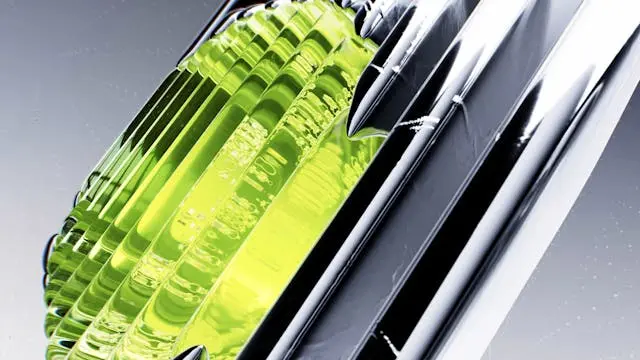TRANSFORM YOUR OUTDOOR SPACE WITH STUNNING LANDSCAPE
A breathtaking landscape is more than just an arrangement of trees, flowers, and stones. It’s a transformative experience, a powerful statement of harmony between nature and human creativity. Whether you’re revamping a backyard, redesigning a commercial space, or building from scratch, landscape design is a vital element that defines the character, beauty, and usability of any outdoor area.
This comprehensive article explores the essence of landscape design, its core principles, benefits, and transformative power. From aesthetic value to environmental impact, discover how a well-thought-out landscape can significantly enhance your property and quality of life.
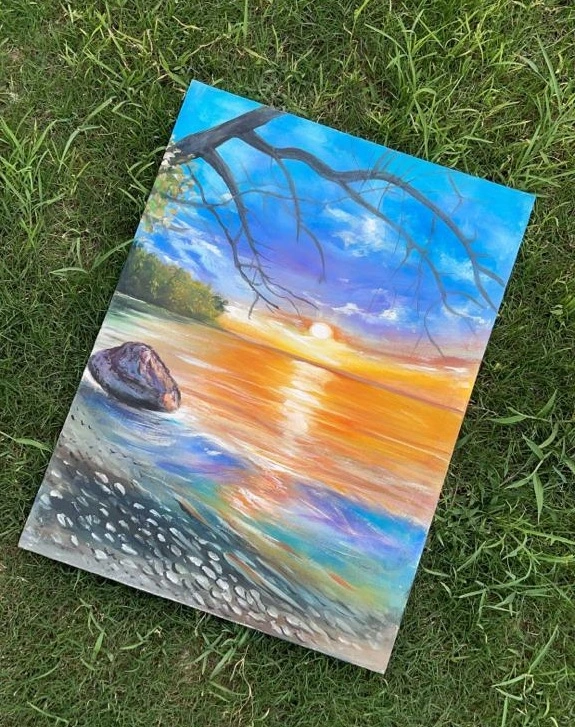
The Essence of Landscape Design
Landscape design is the art and science of organizing outdoor space for human enjoyment and environmental benefit. It merges aesthetics with function, creating outdoor environments that are not only visually striking but also ecologically sound and user-friendly. Whether dealing with large rural gardens or compact urban courtyards, the aim remains the same: create balance and beauty that endures.
Designing a successful landscape requires attention to detail, creativity, and a deep understanding of natural elements—soil, water, sunlight, and vegetation. These elements must be harmonized with man-made features such as pathways, walls, lighting, and seating areas.
Key Elements That Define a Powerful Landscape
Every breathtaking landscape includes essential components that bring the design to life. These include:
- Hardscape Elements: These are the structural components like patios, walkways, fences, decks, and retaining walls. They provide form and support to the softscape elements.
- Softscape Elements: This refers to the living part of the landscape, including trees, shrubs, flowers, grass, and ground cover. These elements evolve over time and add color, texture, and movement.
- Water Features: From tranquil ponds to dramatic waterfalls, water features introduce sound, reflection, and tranquility to a space.
- Lighting: Effective outdoor lighting enhances ambiance and security. It allows the landscape to shine after dark and highlights key areas for visual drama.
- Functional Zones: Good landscape design creates distinct zones for dining, relaxation, gardening, and play. These zones help maximize usability and comfort.
The Emotional and Practical Benefits of a Great Landscape
Investing in a remarkable landscape isn’t just about improving curb appeal—it’s about enriching life in countless ways. Here are the core benefits:
- Emotional Wellbeing: Natural surroundings reduce stress, enhance mood, and promote a sense of peace. A thoughtfully designed garden becomes a sanctuary for mental wellness.
- Increased Property Value: A well-maintained landscape can increase property value by as much as 15%. First impressions are lasting, and nothing makes a better one than a striking outdoor setting.
- Environmental Benefits: Strategic planting can reduce energy consumption by providing shade and insulation. Native plants support biodiversity and reduce water usage.
- Enhanced Usability: A well-zoned landscape extends living space, providing outdoor rooms for cooking, entertaining, or meditating.
- Privacy and Protection: Trees, hedges, and fencing can create visual barriers and buffer noise, adding to the serenity of your space.
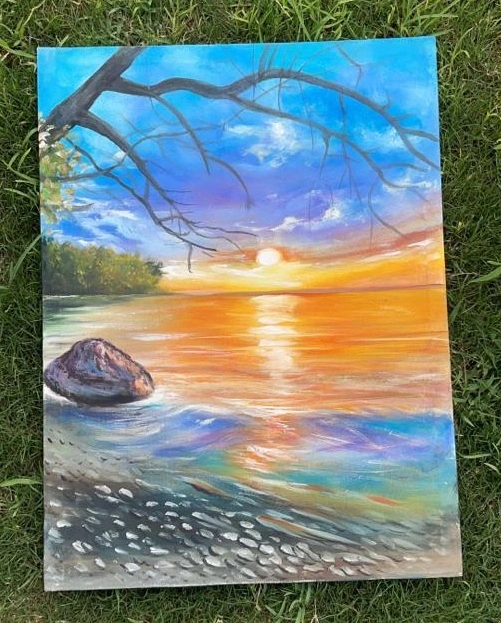
Landscape Styles to Inspire Your Vision
No two landscapes are alike. The best designs are personalized, but they often draw from traditional styles. Here are a few popular landscape design styles to consider:
1. Modern Minimalist
Clean lines, geometric patterns, and a limited plant palette define this contemporary style. Ideal for urban environments, it emphasizes simplicity and function.
2. English Garden
Rich in greenery, this romantic style features winding paths, overflowing flower beds, and cozy nooks. It evokes a timeless, natural charm.
3. Desert or Xeriscape
Designed for arid climates, this style uses drought-resistant plants, gravel, and bold architectural elements to create beauty with minimal water use.
4. Japanese Zen
Focused on tranquility, this style integrates rocks, water, moss, and bamboo. It creates meditative spaces that encourage reflection.
5. Tropical Paradise
Lush foliage, vibrant flowers, and water features define tropical landscapes. They bring a resort feel right to your backyard.
How to Plan Your Perfect Landscape
Creating a striking landscape starts with strategic planning. Here’s a step-by-step approach:
- Define Your Needs and Goals: Consider what you want from your outdoor space. Is it a place for entertaining? A retreat from city life? A children’s play zone?
- Analyze the Site: Study sun patterns, soil type, drainage, wind direction, and existing plants. These factors heavily influence your design.
- Develop a Master Plan: Sketch the layout with zones, focal points, and pathways. Think about the flow and how people will move through the space.
- Choose the Right Plants: Select species suited to your climate and soil. Native plants require less maintenance and offer year-round beauty.
- Incorporate Sustainable Practices: Use rainwater harvesting, composting, and energy-efficient lighting. Sustainability enhances both beauty and resilience.
Mistakes to Avoid in Landscape Design
While creativity is encouraged, some missteps can ruin an otherwise promising landscape. Avoid these common errors:
- Overcrowding Plants: Give your plants room to grow. Crowding leads to poor air circulation and higher maintenance.
- Ignoring Maintenance: Choose a design you can maintain. A beautiful but unmanageable garden quickly becomes an eyesore.
- Neglecting Function: Always consider how people will use the space. Style should never override usability.
- Forgetting Scale and Proportion: Ensure that plants, furniture, and structures are in harmony with the size of your yard.
Professional Landscape Design vs. DIY
While many homeowners love the idea of a DIY landscape, working with a professional has major advantages:
- Expert Knowledge: Professionals understand soil, irrigation, lighting, and construction principles.
- Creative Vision: Designers can translate your ideas into a cohesive plan that maximizes beauty and function.
- Time and Cost Efficiency: Though hiring a professional requires upfront investment, it often saves money in the long term by avoiding costly mistakes.
That said, smaller DIY projects like container gardens, raised beds, or simple patios can still make a meaningful impact with minimal cost and effort.
The Future of Landscape Design
Landscape trends are shifting towards sustainability, wellness, and technology. Here’s what’s shaping the future:
- Smart Irrigation Systems: These adjust watering based on weather and soil moisture, conserving water and money.
- Edible Landscaping: Combining aesthetics with function, homeowners are growing fruits, vegetables, and herbs alongside ornamentals.
- Outdoor Living Rooms: Kitchens, fire pits, and entertainment systems are moving outdoors, making the landscape an extension of the home.
- Climate-Resilient Design: Landscapes are being built to endure changing weather patterns and environmental challenges.
Conclusion: Landscape as a Living Work of Art
A thoughtfully designed landscape is more than decoration—it’s a living masterpiece that evolves with time and seasons. It expresses personality, nurtures the environment, and enriches daily life. Whether grand or humble, modern or rustic, your landscape can become your most cherished space.
In today’s fast-paced world, outdoor spaces offer the perfect retreat—a place to breathe, reflect, and reconnect. So dream big, plan smart, and transform your outdoor space into a stunning landscape that stands the test of time.
